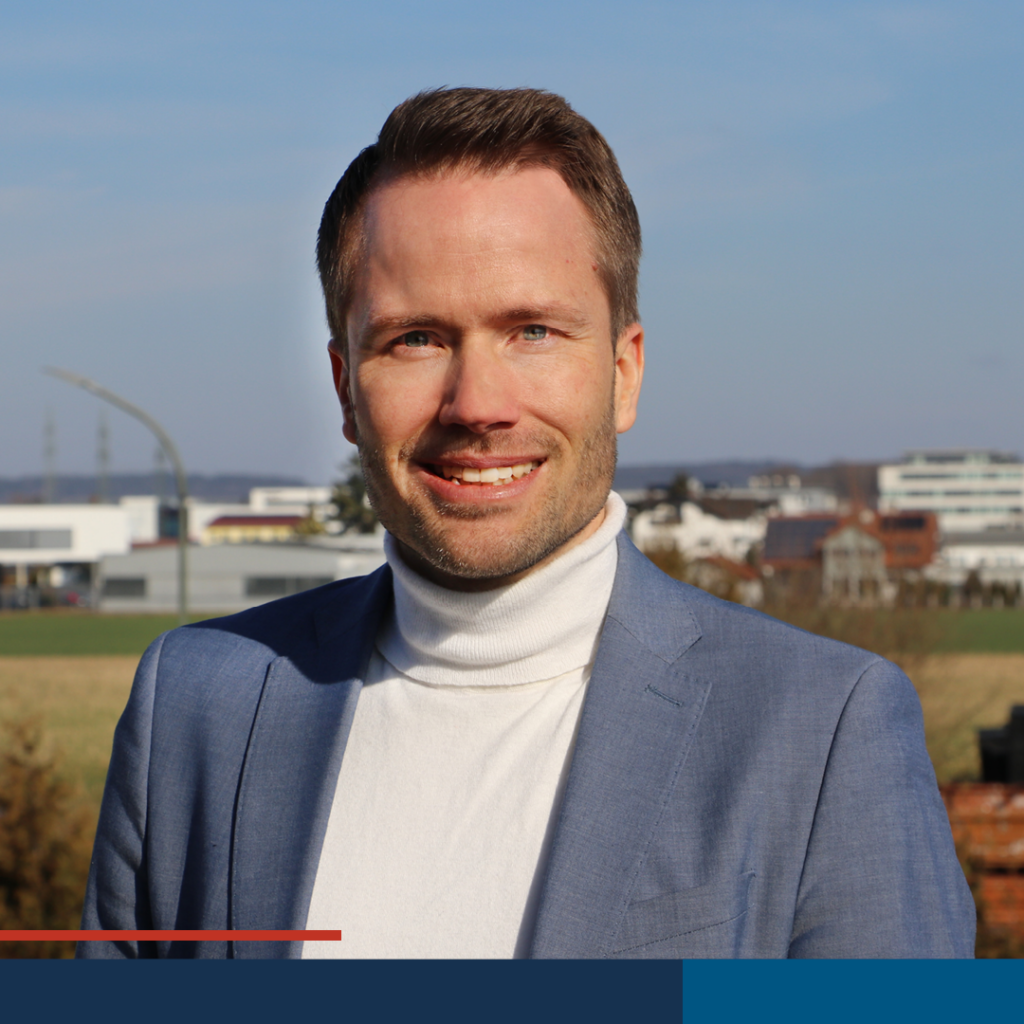Making your heart’s desire a reality – Interview with Bastian

The demands on vehicle safety are already enormous today. But how will these change as vehicles become increasingly automated? To answer this question, we dared to take a look into the future with our department head Bastian. How we are already contributing to Vision Zero and what Bastian’s very personal view of safe mobility is, of course, also included.
Hello Bastian, as a department manager at VAIVA, you deal with vehicle safety every day. What does safe mobility mean to you?
Safe mobility is a matter close to my heart, so I can identify very much with the VAIVA Vision Zero of reducing the number of people killed in traffic as far as possible. We all want to be mobile and arrive safely at our destination.
Unfortunately, even in Germany, several people die on average every day in road traffic, and yet, globally speaking, we in Germany are among the countries with a relatively high level of road safety. The functions we have developed help to avoid accidents by assisting the driver or interacting automatically.
If an accident is unavoidable, the functions help to protect not only the vehicle occupants in the event of a crash, but also all other road users, such as pedestrians and cyclists, in the best possible way.
What is the focus of your work in your “Safety 360° / Integrated Safety” department, and what contribution do you make to the Vision Zero?
As the name of the department suggests, we look at vehicle safety as a whole, from the normal driving situation, through critical situations in which the accident can still be avoided, on to the physical unavoidability of the accident, the necessary protective systems, and on to post-accident measures that secure the vehicle and inform the rescue chain. The focus in my department is on the period from unavoidability to the rescue chain, while the partner department focuses on the area of accident prevention.
Even though the highest potential for protecting human lives naturally lies in accident prevention, accidents will never be completely avoided. Our contribution to Vision Zero is therefore to provide the best possible protection for the people involved in the accident.
In order to be able to select an optimal protection strategy, the vehicle must be able to clearly recognize the situation at hand or, ideally, already be able to predict it in the best possible way. To this end, we develop crash prediction models based on vehicle dynamics data and crash simulations, and extend these to the occupant and his or her behavior in an emergency braking or evasive situation. The recognition of the interior situation before and at the beginning of the accident, and the classification of the accident with the help of crash sensor technology are further necessary building blocks for this. We develop these functionalities using machine learning methods, among other things. To ensure that the detection and protection systems function as planned and without errors, we test the functions on the control units and thus ensure functionality. Another component that is becoming increasingly relevant is networked functions such as vehicle-to-environment communication. This information, which the vehicle exchanges with other road users and the infrastructure, not only helps prevent accidents, but can also be used to alert the rescue chain after the accident.
Will the safety of vehicles and occupants change as the level of automation in autonomous driving increases, for example because we adopt different seating positions?
Vehicle safety should, of course, continue to improve in order to achieve Vision Zero. At the same time, however, the complexity of the protective functions and the effort required for the necessary protection methods increase exponentially with the new degrees of freedom that the vehicle occupants could obtain.
Today’s protection systems, for example, are not suitable for protecting a person lying down, since the risk of slipping under the three-point belt increases as the position becomes flatter. To enable such a position, a different protection system would therefore be required, or a function that puts the occupant in a protectable position even before the crash. In addition, a detection and safeguard that at the time of the crash exactly this position is or could be present. The same applies to rotating seats, working positions or similar visions shown in current future studies. The effort required to ensure this with conventional methods, i.e. crash tests with dummies, would no longer be manageable.
The focus must therefore increasingly go in the direction of virtual testing and validation methods. These must be qualified, validated and automated in order to generate a large and meaningful database in the shortest possible time. This data can then be processed using AI and ML methods, for example, in order to penetrate the complexity behind this data and derive the necessary protective measures.